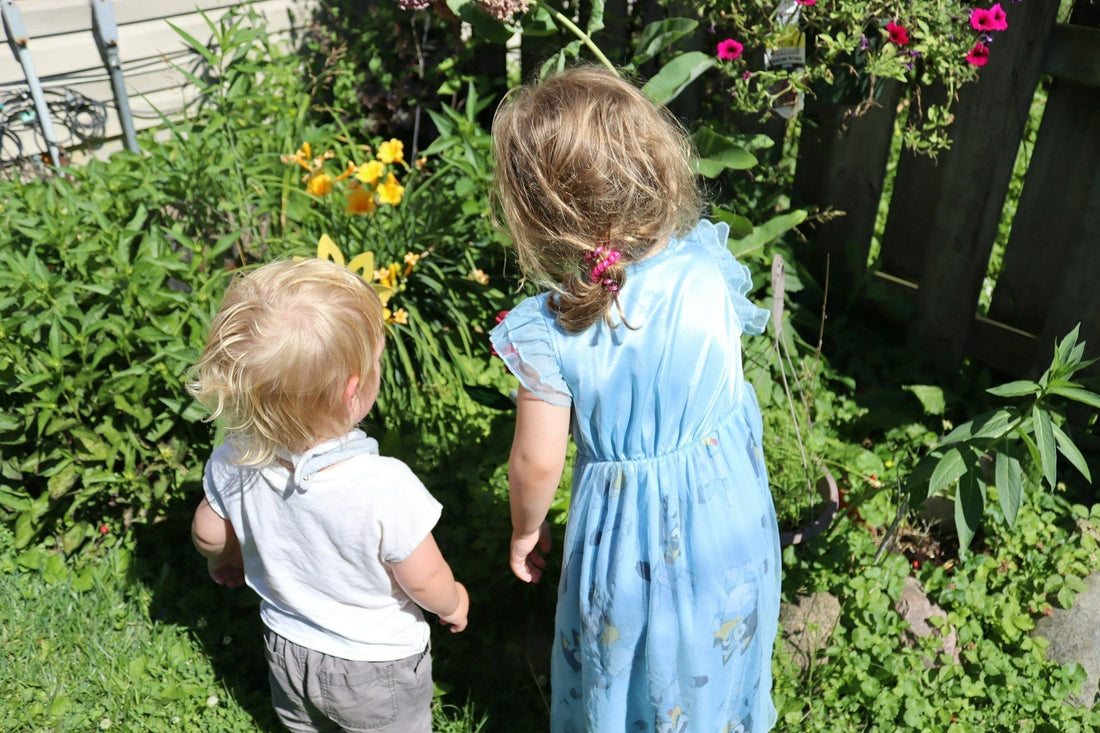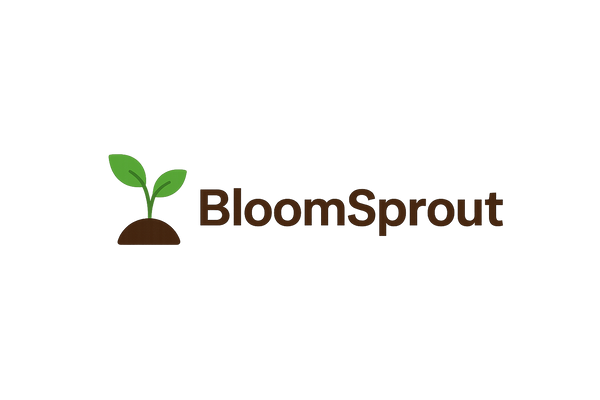
Beginner’s Guide to Container Gardening
Share
If you’ve always dreamed of having a garden but don’t have much space, container gardening might be the perfect solution. Whether you live in an apartment with just a small balcony, a townhouse with a patio, or even want to grow plants indoors, container gardening allows you to enjoy the beauty and benefits of plants without needing a large yard.
Here’s a complete guide to help beginners get started with container gardening.
1. Choosing the Right Containers
The container you choose plays a huge role in the success of your plants.
-
Drainage is key: Always pick containers with drainage holes to prevent water from pooling and damaging the roots.
-
Material matters: Plastic pots are lightweight and affordable, while terracotta pots offer great breathability for roots. Wooden planters can also add charm but may require a liner to last longer.
-
Think vertical: For small spaces, stackable or hanging containers are excellent for maximizing growing room.
2. Use the Right Soil
One of the biggest mistakes beginners make is using regular garden soil in containers. Instead, always use potting mix.
-
It’s lighter, drains better, and provides the right texture for container plants.
-
Choose a mix designed for your plant type—herb, vegetable, or flower-specific mixes are widely available.
3. Sunlight Requirements
Just like in-ground plants, container plants need the right amount of light.
-
Most herbs and vegetables need at least 6 hours of direct sunlight per day.
-
If you only have partial sun, opt for plants like spinach, lettuce, or mint that can tolerate shade.
-
For indoor spaces, consider a grow light to supplement natural sunlight.
4. Watering Your Plants
Because containers hold less soil, they dry out faster than garden beds.
-
Check the soil daily; if the top inch feels dry, it’s time to water.
-
Use a watering can with a narrow spout to avoid splashing soil.
-
Self-watering containers or drip irrigation systems can make plant care much easier for busy gardeners.
5. Best Plants for Beginners
If you’re just starting out, choose plants that are easy to grow and forgiving of mistakes.
-
Herbs: Basil, parsley, mint, thyme, rosemary
-
Vegetables: Cherry tomatoes, lettuce, peppers, radishes
-
Flowers: Marigolds, pansies, geraniums, petunias
These plants thrive in containers and provide quick rewards, keeping you motivated to continue gardening.
6. Fertilizing and Maintenance
Since nutrients in containers get depleted quickly, it’s important to feed your plants regularly.
-
Use a balanced liquid fertilizer every 2–3 weeks for steady growth.
-
Trim dead leaves and spent flowers to encourage fresh blooms.
-
Rotate your containers occasionally so plants receive even sunlight.
Final Thoughts
Container gardening is a versatile, low-barrier way to enjoy the beauty of plants no matter where you live. With the right containers, soil, sunlight, and care, even beginners can grow a lush mini garden filled with fresh herbs, vegetables, or flowers. Start small with just one or two pots, and you’ll soon discover how rewarding and therapeutic container gardening can be.
So grab a pot, some soil, and your favorite plant—your gardening journey can start today!
